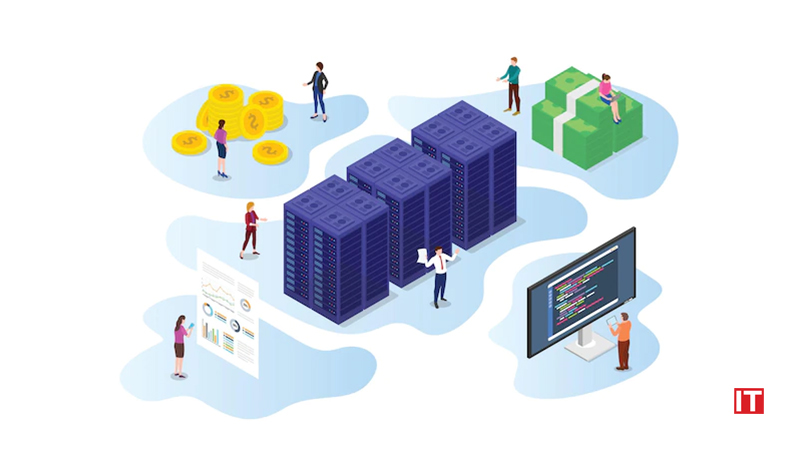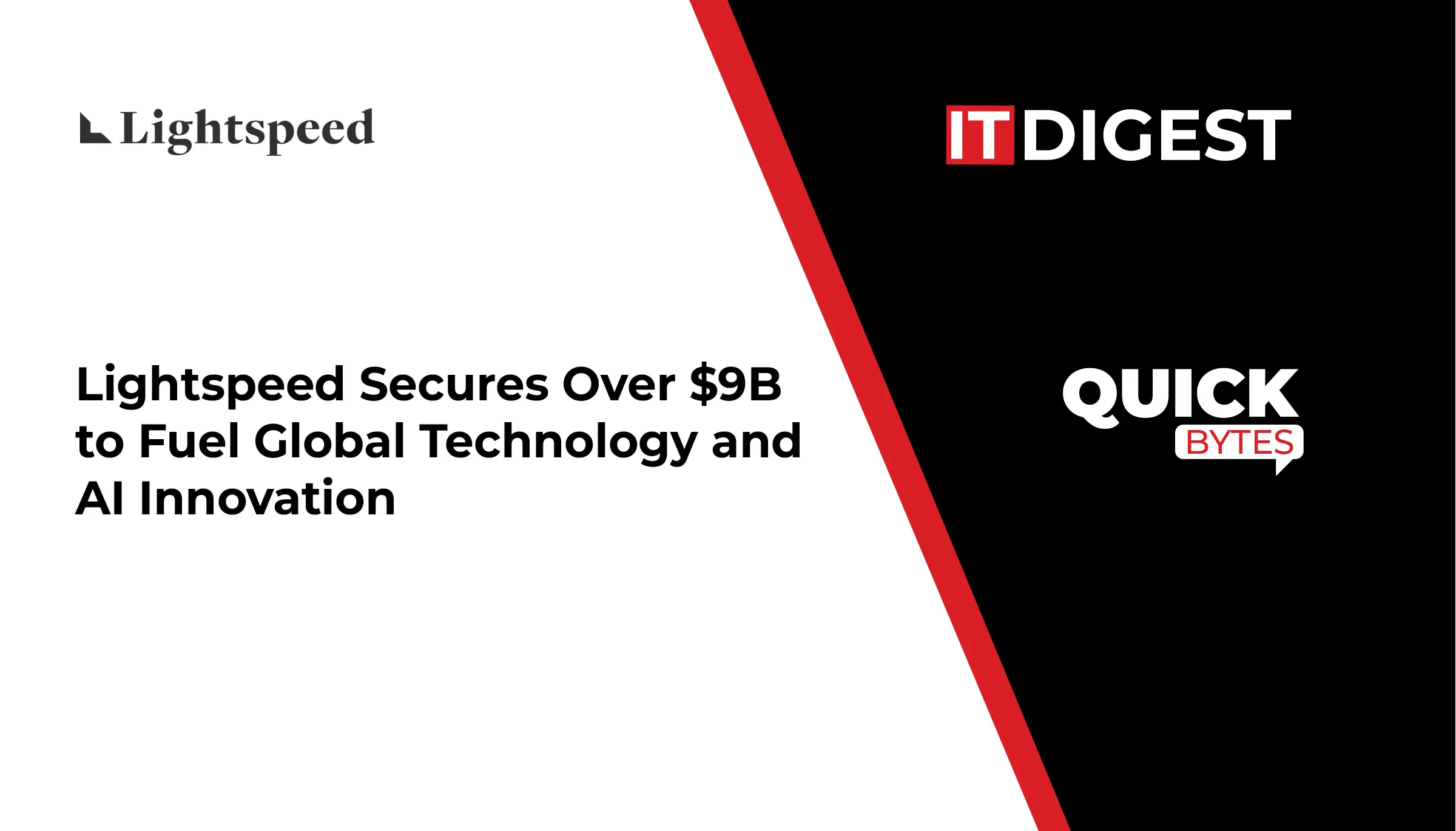What Is Blockchain?
Blockchain technology, at its core, is a distributed digital ledger that stores data of any kind. A blockchain can keep track of cryptocurrency transactions, NFT ownership, and DeFi smart contracts. While any traditional database can store this type of data, blockchain is unique in that it is completely decentralized. Blockchain makes it very difficult to hack or cheat the system by distributing identical copies of a database across an entire network.
How Does Blockchain Work?
Blockchain technology is a structure that stores public transactional records, also known as blocks, in several databases, referred to as the “chain,” in a network connected by peer-to-peer nodes. This type of storage is known as a ‘digital ledger.’
Every transaction in this ledger is authorized by the owner’s digital signature, which authenticates the transaction and prevents it from being tampered with. As a result, the digital ledger’s information is extremely secure. The intriguing aspect is that anyone can see the data, but they cannot corrupt it.
Read More: Top 5 IT Skills Trending In 2022
Blockchain Use Cases
1.Cryptocurrency
The most common application of blockchain today is as the foundation of cryptocurrencies such as Bitcoin or Ethereum. The transactions that people make when they buy, exchange, or spend cryptocurrency are recorded on a blockchain. The more people who use cryptocurrency, the more popular blockchain may become.
2.Smart Contracts
Self-executing contracts, also known as “smart contracts,” are another blockchain innovation. When certain conditions are met, these digital contracts take effect automatically. For example, once the buyer and seller have met all of the deal’s specified parameters, a payment for a product may be released immediately.
3.Banking
Blockchain is also being used to process transactions in fiat currency, such as dollars and euros, in addition to cryptocurrency. Because transactions can be verified and processed outside of normal business hours, this may be faster than sending money through a bank or other financial institution.
4.Supply Chain Monitoring
Massive amounts of information are involved in supply chains, especially when goods are transported from one part of the world to another. Traditional data storage methods can make it difficult to pinpoint the source of problems, such as which vendor supplied low-quality goods. Storing this data on blockchain would make it easier to track the supply chain, which uses blockchain technology to track food from harvest to consumption.
5.Voting
Experts are investigating ways to use blockchain to prevent voting fraud. In theory, blockchain voting would allow people to submit votes that couldn’t be tampered with while also eliminating the need for people to manually collect and verify paper ballots.
Wrapping Up..
New blockchain applications have expanded the technology’s potential to permeate other sectors such as media, government, and identity security. Thousands of businesses are currently researching and developing products and ecosystems that are entirely based on the emerging technology.
Blockchain is upending the current state of innovation by allowing businesses to experiment with ground-breaking technology such as peer-to-peer energy distribution and decentralized forms of news media. The uses for the ledger system, like the definition of blockchain, will only evolve as technology evolves.

































